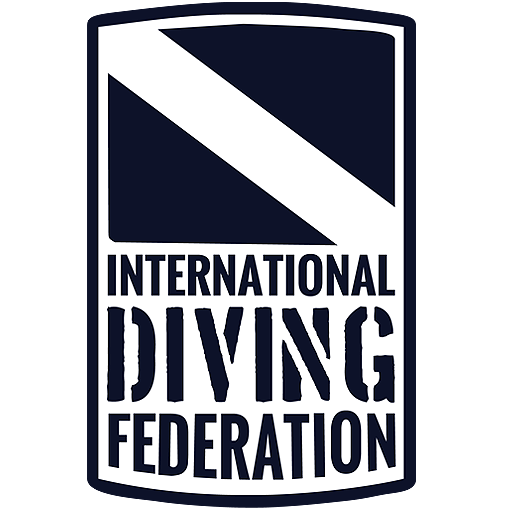Why should you take the IDF Dry Suit Diver course?
Thermal comfort is extremely important for the safety of virtually every diver. Not only does it increase the enjoyment of diving in cold water, but above all, it prevents hypothermia. During the IDF Dry Suit Diver course, you will learn how to choose the right dry suit and undergarment for you, ensuring optimal comfort. You will learn about the properties of different types of suits and thermal layers, as well as maintenance methods, so that you can make an informed decision when choosing your personal kit. In addition, you will master the technique of diving in a dry suit and learn how to deal with emergency situations.
What does the course look like?
What do you need to get started?
- Be at least 15 years old
- IDF Open Water Diver certificate (courses can be combined)
- Be in good health to participate in the course







